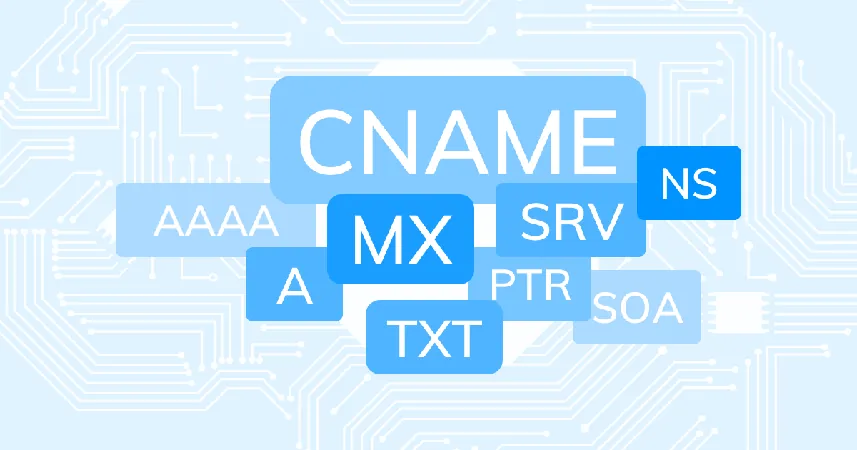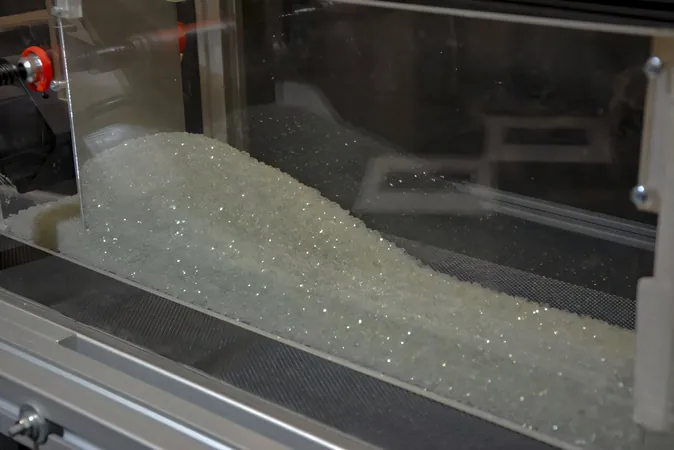
Unmasking the Hidden Malware: How Cybercriminals Are Using DNS Records to Bypass Security
2025-07-22
Author: Sarah
The New Cyber Threat: Maliciously Embedded DNS Records
Cybersecurity experts from DomainTools have unveiled a groundbreaking method employed by cybercriminals: concealing malware within DNS records. By embedding tiny, encoded segments of malicious code in TXT records across various subdomains, they’re exploiting a significant vulnerability in network security.
How It Works: The Crafty Technique Explained
These malicious fragments appear harmless on their own, but when retrieved and pieced together—often through PowerShell—they transform into fully operational malware. This can range from seemingly innocent prank software like Joke Screenmate to more dangerous PowerShell stagers capable of downloading additional malicious payloads.
The Challenge of DNS Security: A Trustworthy Channel for Attackers
DNS traffic is frequently considered trustworthy, which allows it to slip past many conventional security measures. The increasing adoption of encrypted DNS services, such as DNS over HTTPS (DoH) and DNS over TLS (DoT), exacerbates the problem, making it harder for security teams to detect these covert attacks.
Real-World Examples: Malware Fragmentation in Action
There have already been reported instances where fragments of Joke Screenmate were scattered across hundreds of subdomain TXT records, along with cases of Covenant C2 stagers hidden in the same fashion. Such techniques showcase the innovative and evolving nature of cyber threats.
What Can Be Done? Heightening DNS Security Awareness
Security teams are being urged to enhance their DNS analytics, carefully monitor unusual TXT query patterns, and integrate robust threat intelligence feeds. Although this tactic is still relatively scarce, its simplicity and stealth suggest it could become more widespread in the near future. Now is the time for organizations to fortify their defenses and stay one step ahead of these cunning attackers.



 Brasil (PT)
Brasil (PT)
 Canada (EN)
Canada (EN)
 Chile (ES)
Chile (ES)
 Česko (CS)
Česko (CS)
 대한민국 (KO)
대한민국 (KO)
 España (ES)
España (ES)
 France (FR)
France (FR)
 Hong Kong (EN)
Hong Kong (EN)
 Italia (IT)
Italia (IT)
 日本 (JA)
日本 (JA)
 Magyarország (HU)
Magyarország (HU)
 Norge (NO)
Norge (NO)
 Polska (PL)
Polska (PL)
 Schweiz (DE)
Schweiz (DE)
 Singapore (EN)
Singapore (EN)
 Sverige (SV)
Sverige (SV)
 Suomi (FI)
Suomi (FI)
 Türkiye (TR)
Türkiye (TR)
 الإمارات العربية المتحدة (AR)
الإمارات العربية المتحدة (AR)